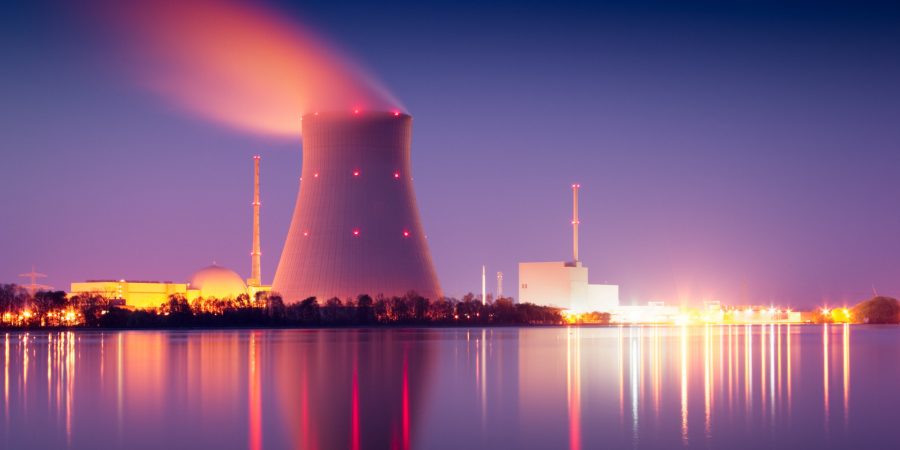The Hidden Dangers of Nuclear Power
Nuclear Power Plant
October 6, 2016
In today’s society, energy plays a larger role than ever before. The human population is increasing exponentially, and with this increase comes greater energy needs. Humans use electricity for almost everything, from transportation to entertainment. One form of energy has become increasingly prominent in the past years: nuclear. With its efficiency that challenges virtually all other forms of power, in addition to its low accident rate, nuclear power appears to be a godsend. However, the controversy surrounding nuclear power has led to a discussion as to whether countries should continue building power plants or phase out nuclear energy entirely.
In order to fully understand the costs and benefits of nuclear power, it is necessary to understand how energy is harvested in a nuclear power plant. There are several different types of nuclear power plants, but the core processes are practically the same across the board. In a power plant, uranium rods are bombarded with neutrons. When the uranium nuclei are split, large amounts of heat are produced. This heat is used to evaporate steam which then flows through a turbine. As the turbine spins, the energy is harvested. Because a large and constant flow of water is required to prevent overheating, nuclear power plants are often situated near lakes or oceans. The placement of these plants can lead to many negative environmental impacts.
Each year, millions of tons of radioactive water are dumped into bodies of water by nuclear power plants. Not only does this water poison ecosystems nearby, but fisheries can raise contaminated fish, which will eventually impact humans. Since the water that is then expelled from these plants is often extremely hot, the average water temperature of the marine ecosystem is often increased, killing local wildlife. In addition to the contaminated water produced, the uranium rods in the power plants eventually expire. These rods must be disposed of; however, they cannot just be dumped into a landfill. Uranium rods must be stored in approved containers deep underground. In the United States, Yucca Mountain is used as the nuclear waste depository, but this site is no longer a viable location to dump wastes, as it has nearly reached capacity.
Nuclear power also increases structural violence worldwide by disproportionately impacting minorities. Nuclear power plants are being constructed on indigenous territories without the consent of their inhabitants. For example, the Aboriginal people of Australia have been forced out of their native lands in order to allow for the construction of nuclear plants. Another example of this ‘Nuclear Racism’ is the Yucca Mountain Waste Depository, which was built on lands owned by Native Americans.
Although nuclear power may be cheap or efficient, it is clear that it comes at a steep cost. Alternatives to nuclear power may be more expensive; however, they are more environmentally friendly and include renewable sources of energy such as wind, solar, and hydroelectric. With this in mind, let’s strongly consider whether nuclear power is actually worth the costs.


